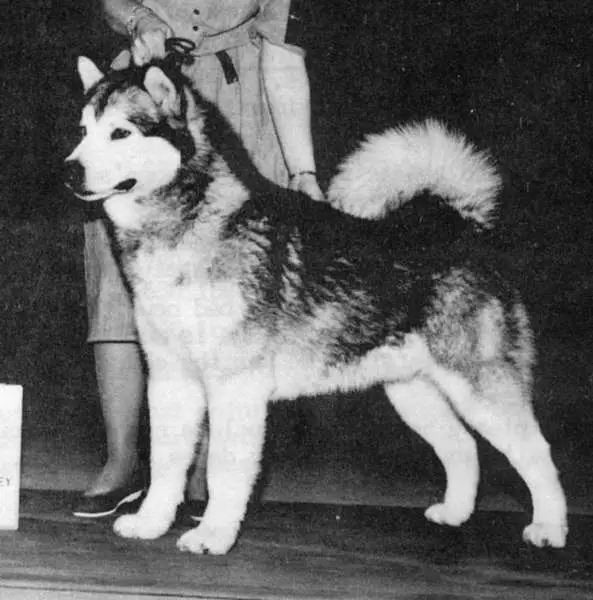
This is a placeholder text
Group text
by Blitzen on 12 January 2015 - 13:01
PS: I'd like to see photos of the jumping malis standing still; can't really judge their angulation or proporations while they are in motion. It's hard to me to believe that a healthy GSD can't climb an A frame; I've never seen one at class that can't do it without much effort, even the Rotties and corsos do it without a problem. Frankly I wouldn't encourage a GSD to do what those malis are doing just to show off my dogs. What the purpose of that?
by Ibrahim on 12 January 2015 - 13:01
So please, for those who will hopefully reply to my comments, do not use those shortcomings of today's modern show dog to prove me wrong, but use standard conformation if you wish. Correctly conformed GSD is equipped with the best possible structure of a dog to not only do a trot, economic trot, but to perform versatile services with very good rating to excellence, such as but not limited to police work, army work, civil defence work etc. there is no logic or science to claim otherwise.
by Blitzen on 12 January 2015 - 13:01
One of my best jumpers, could clear a 6 foot fence in a heartbeat. Obviously not a GSD ![]() . 25" tall, 83 lbs
. 25" tall, 83 lbs

by Ibrahim on 12 January 2015 - 14:01
Now to the point of jumping, for a dog to jump successfully, there are two elements that must be available in a dog
First is proper temperament, nerves or maybe better called courage, I am not sure what best to call it, Someone might help me with the proper word. A dog that is afraid and unwilling to jump will not carry out the task of jumping even if it had the proper structure.
Second is proper structure, if a dog has the right temperament and courage to do the jump but does not have proper structure may break an arm or leg or its back etc
then training will improve a dog's jump
by Sunsilver on 12 January 2015 - 14:01
Gustav, please don't be so cryptic! We would love to have your observations from all your years of experience!
Jimmy Moses once confessed that many of the modern American show dogs were so overangulated they couldn't even jump over the little fences the AKC has around its show rings. So, obviously excessive angulation is not a good thing for jumping.
by Blitzen on 12 January 2015 - 14:01
How much ASL blood is behind the dogs at your training class that you say can't jump?
by Ibrahim on 12 January 2015 - 14:01
So what is proper structure for a jump? In my opinion it is exactly the structure of ideal Gsd
correct medium size with medium weight, the larger the size and weight the more pressure will be put on a dog in a jump, joints and bones and spine will endure more fatigue the more jumps are done.
strong ligaments, strong pasterns. Here pasterns play a big role, best pasterns that can absorb shock are those set at 20 to 25 degree to vertical, less angle is fatal as it will directly transfer all the shock to front leg bone without enough spring action and more angulated pasterns might break at joint with front leg
by Ibrahim on 12 January 2015 - 14:01
Then muscles, a well muscled and conditioned dog will jump better and safer, medium to long muscles will hold various bones, fold and re stretch them more effectively with less fatigue.
strong but on lighter side bones, strength of bones is not bigger bones. Also shape of bones, I think you call them in English oval, not sure
by Ibrahim on 12 January 2015 - 14:01
Then as we come to the shoulder and contrary to what some think, a properly angulated GSD has an edge in this regard over other breeds
a well angulated scapula and humerus will give the dog more folding arch for the two bones to fold in during absorption of landing shock and gives it more out stretching unfold during the push for jump or after jump, same applies to a gallop cycle
by Ibrahim on 12 January 2015 - 14:01
But we should remember a well angulated shoulder needs strong well conditioned muscles for it to perform and remain safe
a safe jump needs a strong back with well developed muscles on top, high withers with well developed muscle on top safeguards the neck spine
Flat croups are a disadvantage in a jump, well laid croups are safe and a little steeper croups is an advantage here for preserving the back spine
Contact information Disclaimer Privacy Statement Copyright Information Terms of Service Cookie policy ↑ Back to top




